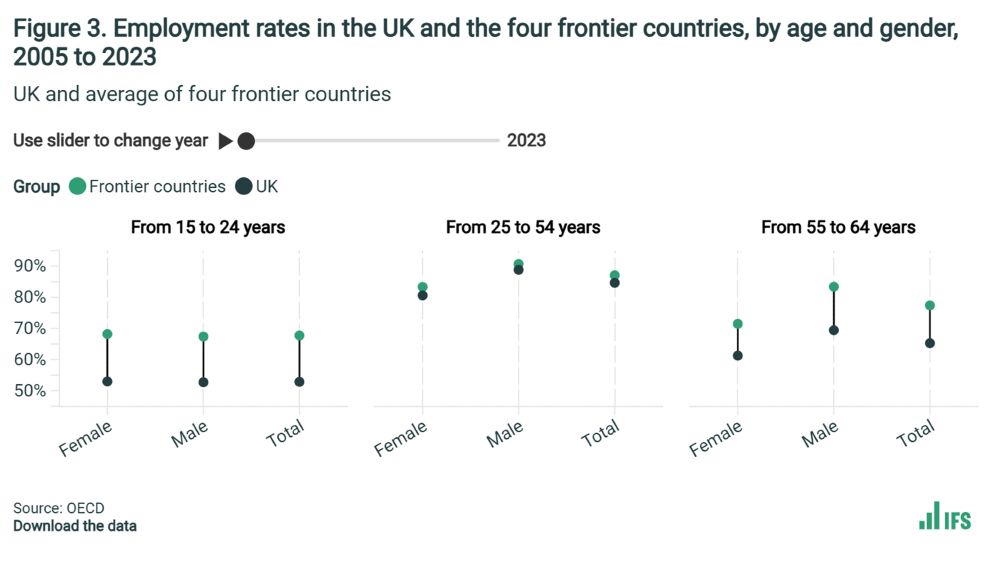
















Two surveys (the LFS and FRS) show the post-pandemic increase in disability benefits, while two (HSE and UKHLS) miss it. [3/10]

Two surveys (the LFS and FRS) show the post-pandemic increase in disability benefits, while two (HSE and UKHLS) miss it. [3/10]
We look at what we know about the role of changing health and reported disability in the 38% rise in people claiming disability benefits since the pandemic. A 🧵 [1/10]

We look at what we know about the role of changing health and reported disability in the 38% rise in people claiming disability benefits since the pandemic. A 🧵 [1/10]







